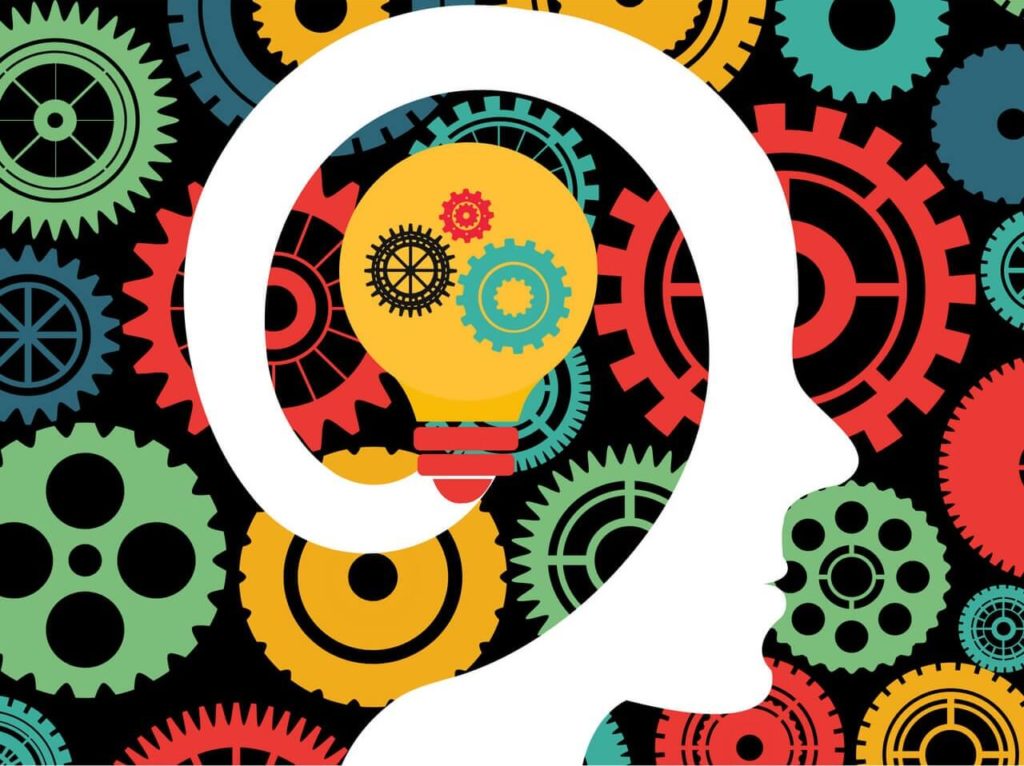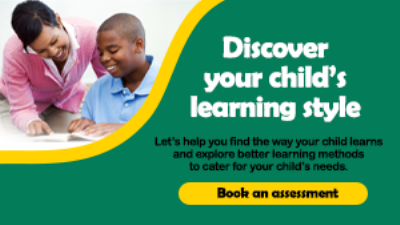
Attention is the process that allows us to take information in. It also helps us select useful information. Think of it as a funnel. It gathers what we need to know and channels it into our brain.
There are four important parts of paying attention well. Children may have trouble with any or all of these components.
- Alertness. Children need to be ready to pay attention.
- Selection. Children must be able to identify what deserves attention. For example, they have to be able to focus on the teacher, not on the voices out in the hall.
- Sustaining. Children have to be able to stay reasonably attentive over time. This could be for a three-minute presentation or for a 40-minute lecture.
- Shifting. Children should be able to shift attention briefly when important new information is introduced. For example, they should be able to focus on a brief announcement on the intercom. Then they should be able to turn their attention back to the teacher.
Children with attention issues may not recall what they’ve been taught. That’s because it never “got into their head” in the first place.
What Working Memory Is
After gathering information, the attention funnel feeds it into the brain’s short-term storage bucket. This is where new information is first held. Experts call this process “encoding.” This is also where the brain manipulates new information so it’s useful. This process is called “working memory.”
Working memory is an active and fairly instant process. It allows us to use new and learned information while we are in the middle of an activity.
Imagine a social studies class. The teacher is talking about great explorers. As students listen, their working memory does things with the information they hear so it can have meaning and relevance.
This often involves putting pieces of information in some kind of order. That could be chronological order. For example, children might picture Columbus before Pizarro on a timeline. They might put what they know about Lewis and Clark after Columbus.
Children may also put what they’re hearing or seeing into categories. For instance, they may sort explorers by the country they’re from or by the region they explored.
Once this new information is processed, it leaves the brain’s short-term storage bucket. Next, it moves into a larger long-term “tank.” If the teacher quizzes students at the end of the lesson, the information is retrieved from the long-term memory tank.
When children have working memory issues, the information they put into long-term storage may be disorganized in their minds. It might not carry much meaning because it wasn’t packaged correctly. And so it may not be very useful.
Working memory issues may also cause information to be lost and not enter the long-term tank.
Attention, Working Memory and Learning and Attention Issues
While attention and working memory are different, both are important for learning. Children with ADHD and executive functioning issues struggle with attention and working memory. And many children with language-based learning issues may struggle in these areas too.
Children with multiple challenges like these may find it tougher to learn. But understanding exactly where they have trouble makes it easier to help them succeed.
If you suspect that your child has an attention or working memory issue, consider an evaluation. It can pinpoint where he’s challenged. It can also help your child’s school provide the strategies and support he needs to learn.


